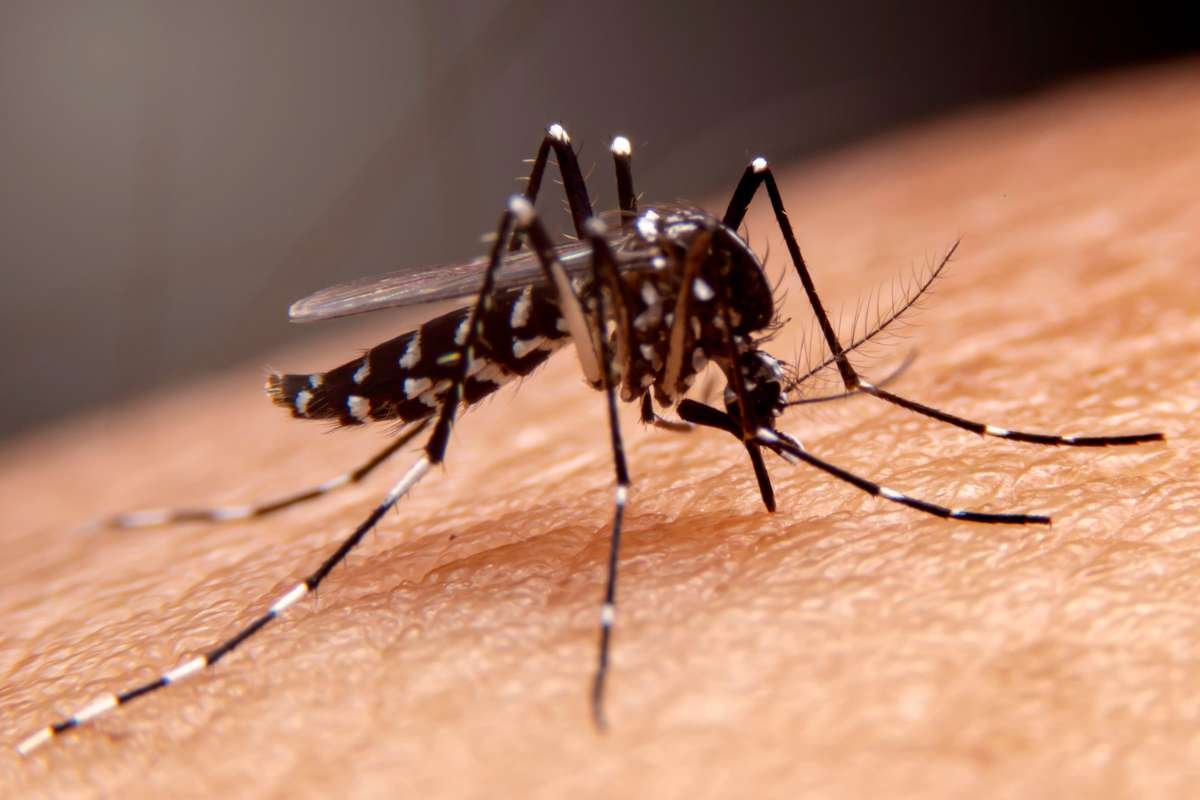A Paradigm Shift in Brain Learning Mechanisms
In a groundbreaking study published in Science on April 17, 2025, researchers at the University of California, San Diego, have uncovered compelling evidence that individual neurons in the brain follow multiple learning rules simultaneously—challenging the long-held assumption that synaptic plasticity functions uniformly across all brain neurons. The discovery, made through the use of advanced two-photon imaging, offers new insight into how different regions within a single neuron can adapt using distinct mechanisms during learning.
The research, led by neurobiologists William “Jake” Wright, Nathan Hedrick, and senior author Takaki Komiyama, highlights a more complex system of neural adaptation than previously believed. “When people talk about synaptic plasticity, it’s typically regarded as uniform within the brain,” Wright noted. “Our research provides a clearer understanding of how synapses are being modified during learning, with potentially important health implications since many brain diseases involve some form of synaptic dysfunction.”
The implications of this discovery are vast—ranging from better understanding neurological disorders to designing smarter artificial intelligence systems modeled on the brain’s intricate adaptability.
Unraveling the Credit Assignment Problem
At the core of this discovery lies a long-standing puzzle in neuroscience known as the “credit assignment problem.” This refers to how individual synapses—despite only having access to local information—can still contribute to broad behavioral learning. The analogy often used is that of ants working independently on tasks without understanding the full goal of the colony, yet together achieving complex outcomes.
Using state-of-the-art imaging techniques, the researchers were able to observe learning in real-time within the brains neurons of mice. Their findings revealed that synapses located in different regions of the same neuron—specifically the apical and basal dendrites of layer 2/3 pyramidal neurons—followed different plasticity rules. Apical synapses were strengthened through local coactivity with nearby synapses, while basal synapses responded to activity that coincided with the neuron’s action potentials. Moreover, when the researchers blocked postsynaptic spikes, basal potentiation was suppressed, but apical plasticity remained unaffected.
This compartment-specific plasticity upends previous notions that neurons operate under a singular, uniform rule during learning, suggesting instead that each sub-region of a neuron can engage in distinct computations.
Implications for AI and Brain Health
Beyond advancing our understanding of how brain neurons learns, the discovery opens doors for significant real-world applications. The research holds promise for enhancing artificial intelligence by introducing new ways of structuring neural networks. Current AI systems often rely on consistent learning rules across all units, but insights from this study suggest that applying diverse learning strategies within a single network could boost performance and adaptability.
In the field of medicine, these findings may pave the way for new approaches to treating neurological and psychiatric conditions like Alzheimer’s disease, PTSD, autism, and addiction—disorders known to involve abnormal synaptic plasticity. By better understanding how the brain normally processes and stores new information, researchers hope to identify what goes wrong in these conditions and develop more effective interventions.
“This work is laying a potential foundation to understand how the brain normally functions,” said Wright. “That understanding is essential if we’re going to effectively address the root causes of brain disorders.”
With this breakthrough, the UC San Diego team is now aiming to further explore how brain neurons manage multiple learning rules at once and the benefits this complexity may provide to the brain’s overall learning capacity.







